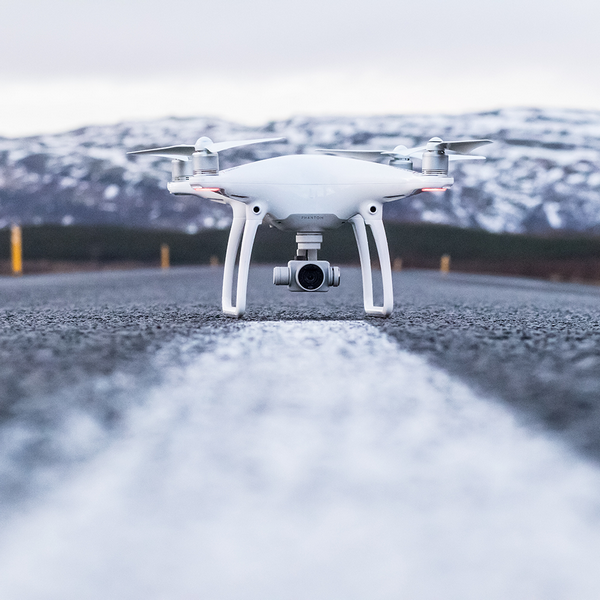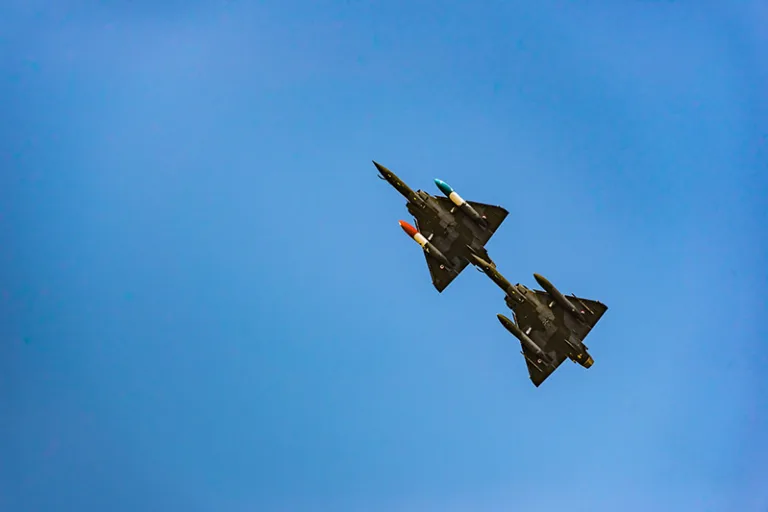Search and Rescue – A High-Tech Lifesaver: Unveiling the Potential of Unmanned Aerial Vehicles

Search and rescue operations with drones has been nothing short of revolutionary. These unmanned aerial vehicles, once regarded as mere recreational gadgets, have evolved into indispensable tools, reshaping the landscape of humanitarian efforts globally. This comprehensive exploration dives deep into the transformative role of drones in search and rescue, shedding light on their multifaceted benefits, addressing persistent challenges, and navigating this life-saving technology’s dynamic and ever-evolving realm.
The Need for Drones in Search and Rescue
Search and rescue missions are fraught with challenges, including time constraints and limited access to remote or hazardous areas. In response to these challenges, drones have emerged as a formidable solution. Their swift and versatile capabilities enable navigation through challenging terrains, providing critical information to responders. This newfound agility significantly enhances the efficiency of search and rescue missions, allowing teams to reach inaccessible locations swiftly.
The Power of Aerial Perspective

Aerial perspectives have long played a crucial role in surveying vast areas quickly, but drones take this capability to unprecedented heights—literally. Equipped with advanced cameras and sensors, drones provide a bird’s-eye view of the search area, covering large expanses in a remarkably short time. This aerial perspective not only expedites the location of missing persons but also facilitates the rapid assessment of disaster-stricken areas. The ability to deploy drones swiftly for real-time imagery is a game-changer, enabling search teams to analyze live feeds, identify potential hazards, and make informed decisions on the ground.
Real-Time Data for Informed Decision-Making
One of the defining features of drones in search and rescue is their ability to collect real-time data. High-resolution cameras, thermal imaging, and other advanced sensors provide responders with crucial information, enabling swift and informed decision-making. For instance, thermal imaging can detect body heat in disaster-stricken areas, guiding rescue teams to survivors more efficiently. This data-driven approach not only enhances operational effectiveness but also reduces the risk to human responders. Drones can navigate treacherous terrain and hazardous environments, gathering critical information without risking human lives.
Navigating Challenges

While the benefits of drone technology in search and rescue are evident, challenges persist. Adverse weather conditions, airspace regulations, and limited battery life are among the hurdles that demand ongoing technological advancements and strategic planning. Addressing these challenges requires a multifaceted approach.
Drone manufacturers are actively working on improving the durability and resilience of their devices to withstand harsh weather conditions. Simultaneously, ongoing dialogues with regulatory bodies aim to streamline airspace regulations, ensuring that drones can operate seamlessly in emergency situations without compromising safety. These efforts are crucial for unlocking the full potential of drones in search and rescue and maximizing their impact on saving lives.
Innovative Features for Enhanced Capabilities
Recent advancements in drone technology have ushered in features tailored explicitly for search and rescue missions. Drones equipped with artificial intelligence (AI) capabilities can autonomously analyze terrain, identify potential hazards, and even recognize signs of life through advanced image processing algorithms.
AI-driven drones contribute to a more efficient and accurate search process. These technologies can learn and adapt to different environments, continuously improving their ability to identify and respond to critical situations. Integrating such innovative features into search and rescue operations not only enhances the capabilities of response teams but also sets the stage for the future evolution of this technology.
Global Impact and Regulatory Considerations
The use of drones in search and rescue is not confined to specific regions; it is a global phenomenon. Understanding and adhering to international and regional regulations is crucial for successful deployment. Global regulatory bodies, including the International Civil Aviation Organization (ICAO), are actively working on establishing standardized guidelines for drone usage.
Staying informed about these regulations is not only a legal necessity but also ensures that drone operations align with best practices on a global scale. This global perspective is vital for anyone venturing into the drone industry, especially those looking to contribute to search and rescue efforts on an international scale.
The Human Factor
While drones offer unparalleled efficiency, the human element remains irreplaceable in search and rescue operations. Collaborative efforts between drone operators, search and rescue teams, and relevant authorities are essential for seamless integration and optimal outcomes. Training programs that emphasize effective communication and coordination between drone operators and ground teams play a pivotal role in maximizing the impact of drone technology.
Recognizing the symbiotic relationship between technology and human expertise is vital to achieving successful outcomes in search and rescue missions. The combination of cutting-edge drone technology and well-trained human responders forms a powerful alliance, ensuring a comprehensive and effective approach to saving lives.
Industry Trends and Future Prospects
As the drone industry continues to evolve, trends in search and rescue applications are likely to follow suit. Keeping abreast of these trends, such as developing specialized drones for specific environments or integrating AI-driven technologies, can provide a competitive edge. Exploring partnerships with drone manufacturers at the forefront of technological innovations can enrich your understanding and position you as someone knowledgeable about the latest developments in the field.
Drones in Search and Rescue – Conclusion
In conclusion, drones have transcended their recreational origins to become vital assets in search and rescue operations. Their ability to provide a swift aerial perspective, coupled with real-time data collection, has redefined the efficiency and effectiveness of these life-saving missions. As we navigate the drone industry, staying informed about these advancements and integrating them into our approach can boost operational efficiency and contribute to the broader dialogue on the transformative power of technology in critical situations.
The collaboration between human expertise and cutting-edge technology represents a promising future for search and rescue missions. As the industry continues to evolve, the potential for even more sophisticated applications and collaborations between drones and rescue teams holds the promise of further elevating the effectiveness and impact of search and rescue efforts on a global scale.
The Future Landscape
The future landscape of search and rescue missions holds exciting possibilities. As technology continues to advance, drones are likely to play an increasingly integral role in these operations. The potential for more sophisticated applications, such as the use of drones in complex environments like dense urban areas or challenging weather conditions, opens up new frontiers for exploration.
Moreover, integrating drones with other emerging technologies, such as 5G connectivity and edge computing, could further enhance their capabilities. These advancements may lead to faster data processing, improved communication between drones and ground teams, and more efficient search and rescue operations.
The evolving landscape provides many opportunities for those deeply engaged in the field. Regularly updating knowledge on technological advancements, industry trends, and future prospects can position individuals as authorities in the intersection of drone technology and search and rescue. By balancing technical insights, ethical considerations, and community engagement, one can contribute to shaping the narrative around the evolving world of drones in search and rescue.




